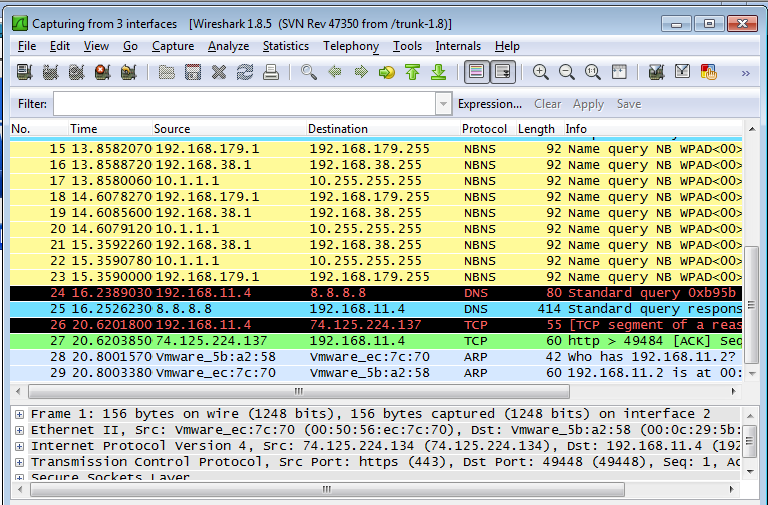

Then, when launching the capture, Wireshark will capture only the traffic matching the filter. If you want to create a capture filter, you have to do it before starting the capture. They have the exact same syntax, what changes is the way they are applied. Wireshark supports two types of filters: capture filter and display filter. Don’t worry, we are going to crack it down. Instead, we will have to use a very specific syntax with some strict rules. As you can imagine, Wireshark doesn’t allow us to write such friendly sentences. It is something that looks like “I want to see only HTTP traffic” or “I’d like to see only traffic to and from host X”. Wireshark Filter, a quick introduction What is a Wireshark Filter?Īll in all, a Wireshark Filter is just a piece of text. You will find some very useful Wireshark Filter ready to use, copy-and-paste. If that’s what you want, just scroll down to the end of the article. In this article, we will learn how to create and apply an effective Wireshark filter in our captures. These Wireshark filters tell the software what we want to see, hiding everything else.

This can quickly become messy unless we use a Wireshark Filter. Therefore, you will have to deal with tons of information, particularly in a production network. However, as we have seen in the previous article, it literally collects all the traffic. To do that, it shows you all the traffic you send and receive on a Network interface. The display filter syntax to filter out addresses between 192.168.1.1 – 192.168.1.255 would be ip.addr=192.168.1.0/24 and if you are comfortable with IP subnetting, you can alter the /24 to change the range.Wireshark is a powerful tool: it allows you to see what’s going on in a network. However, if the addresses are contiguous or in the same subnet, you might be able to get away with a subnet filter. One time-consuming approach would be to literally type out all the addresses you want to filter on. In this video, I respond to a question from one of my readers who wanted to create a display filter for many IP addresses. In either case, you will need to use a display filter to narrow the traffic down. Even when you have a capture filter, it may be too generic.

You may not know what to focus on when you capture packets, resulting in no capture filter. A display filter is configured after you have captured your packets. A capture filter is configured prior to starting your capture and affects what packets are captured. Note that in Wireshark, display and capture filter syntax are completely different. In this video, I review the two most common filters in Wireshark. One of the keys to being an effective network troubleshooter when using a protocol analyzer is the ability to see patterns, which is where filters come into play.


 0 kommentar(er)
0 kommentar(er)
